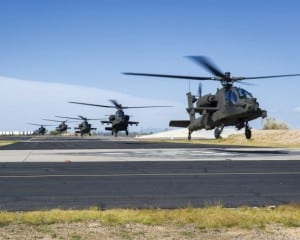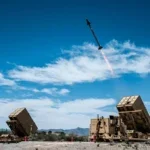
NASHVILLE — Two "major delays" in the deliveries of Boeing [BA] AH-64E re-manufactured helicopters to soldiers and other parts problems with Army helicopters, such as the Lockheed Martin [LMT] Sikorsky UH-60 and the Boeing CH-47 Chinook, have undercut readiness, according to Lt. Gen. Claudia Richardson, the deputy commanding general of U.S. Forces Command. "Delays in fielding directly impact readiness," she told the Army Aviation Association of America's annual conference here on Apr. 15. "Too much is being done on the…

 By
By 











